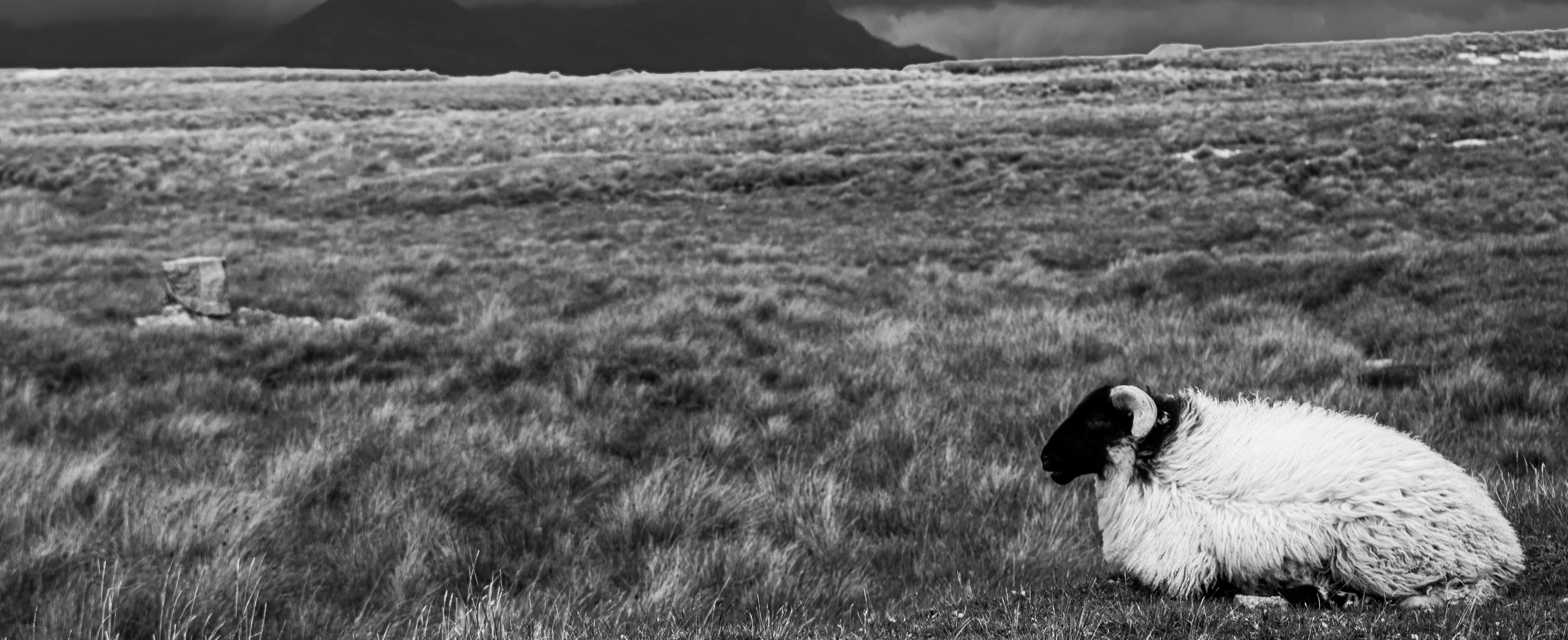Abstract
This paper presents an investigation into the legal history of Australia’s kangaroos. It aims to provide a detailed analysis of how the law and policy governing the killing of kangaroos has evolved over time in response to changing public perceptions. This history begins with the pre-European period and traces the impact of European colonisation, early growth of the commercial kangaroo industry, and the increased role of science and regulation upon kangaroos. The paper critiques the historical designation of kangaroos as ‘pests’ that need to be ‘managed’ and argues that such an approach is inconsistent with current scientific understanding. As this ‘pest’ status has fallen in importance there has been a shift in regulatory goals from damage mitigation to resource utilisation, although government planning and policy continue to cite damage mitigation alongside objectives to maintain viable populations and a sustainable and commercially viable industry. While the kangaroo industry’s current focus is upon the ‘sustainable use of wildlife’, the history of attitudes towards kangaroos as ‘pests’ is so deeply and widely entrenched that it is impossible for the industry to meet welfare standards. The article concludes that the commercial kangaroo industry does not have any clearly defined policy benefit and should be reassessed to take greater account of the impact it has on ecosystems and kangaroo welfare.
How to Cite:
Boom, K., Ben-Ami, D., Croft, D. B., Cushing, N., Ramp, D. & Boronyak, L., (2012) “'Pest' and Resource: A Legal History of Australia's Kangaroos”, Animal Studies Journal 1(1), 17-40.
Downloads:
Download PDF
413 Views
7282 Downloads

